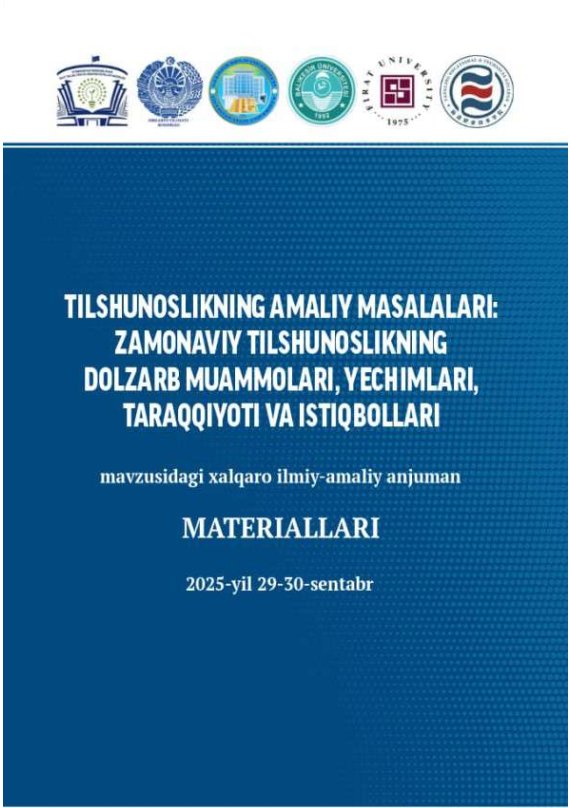MASTERING DESCRIPTIVE WRITING: FEATURES, TECHNIQUES, AND STEPS TO EVOKE VIVID IMAGERY
Keywords:
descriptive writing, sensory engagement, rhetorical devices, figurative language, specificity, observation, tone and mood, revision, embodied cognitionAbstract
Descriptive writing is a foundational rhetorical tool that animates discourse by translating abstract concepts into tangible forms. This process allows texts to transcend mere information delivery, fostering a deeper reader connection through sensory engagement. Whether employed in scholarly texts, creative narratives, or scientific reports, descriptive language serves to enhance comprehension and facilitate the effective communication of experiences and ideas.
The art of effective description lies in the selective and strategic use of detail, transforming observation into evocative prose. This is not a simple enumeration of facts but a deliberate orchestration of key sensory inputs to create a vivid and memorable impression. Mastery of this skill involves discerning which details are most impactful and arranging them with precision, often employing rhetorical devices to amplify their effect.


